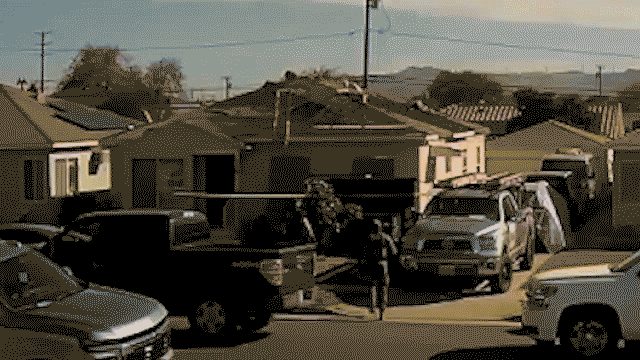Fox News Flash top headlines for February 19
Fox News Flash top headlines are here. Check out what's clicking on Foxnews.com.
The most widespread drought in nine years is forecast to expand, according to the National Oceanic and Atmospheric Administration's (NOAA) seasonal outlook.
Fox Weather reported Friday that the agency expects the season to be drier-than-average from southern California and the Southwest into the central and southern Plains, as well as along the Gulf Coast to the Southeast.
CALIFORNIA WILDFIRES: HUNDREDS OF GIANT SEQUOIAS MAY HAVE BURNED, REPORTS SAY
The only areas predicted to have a wetter-than-average spring are portions of the Midwest, northern Rockies and the Pacific Northwest.
Areas of Texas that are not yet in drought are expected to develop a drought throughout the spring, with further drought development anticipated in the Florida Peninsula and Big Bend, southern and southeastern Georgia, parts of the Carolinas, New Jersey, eastern Pennsylvania and New York's Hudson Valley.
The U.S. Drought Monitor shows 57% of the continental U.S. is Moderate, Severe or Extreme Drought. Another 16% is considered "Abnormally Dry."
The drought will likely continue through the spring, with NOAA reporting only the interior Pacific Northwest and parts of the upper and lower Mississippi valleys are expected to see some drought improvement over the course of the next three months.
This drought has become the most widespread drought in the Lower 48 since Jan. 29, 2013, according to data from the National Drought Mitigation Center.
In a recent study published in the journal Nature Climate Change, scientists determined that the American West's megadrought is now the driest in at least 1,200 years.
CALIFORNIA'S CLIMATE CRISIS: DROUGHTS AND MAJOR WILDFIRES ARE THE 'NEW NORMAL'
Scientists expanded on a study of megadroughts published in 2018, using tree-ring and weather data to reconstruct soil moisture levels through time.
The years from 2000 to 2021 marked the driest 22-year period in southwestern North America since the year 800 A.D.
The researchers said that exceptionally dry soil from last year allowed the current drought to escalate and that climate change accounts for about 42% of the lower soil moisture between 2000 and 2021 – as well as approximately 19% of soil moisture anomalies last year.
"Climate change is changing the baseline conditions toward a drier, gradually drier state in the West and that means the worst-case scenario keeps getting worse," lead author Park Williams, a climate hydrologist at UCLA, told The Associated Press. "This is right in line with what people were thinking of in the 1900s as a worst-case scenario. But, today, I think we need to be even preparing for conditions in the future that are far worse than this."
Climate change from the burning of fossil fuels is raising temperatures and increasing evaporation in the air, scientists say.
CLICK HERE TO GET THE FOX NEWS APP
Williams said that the megadrought will eventually end by a few lucky rainy years –before another one starts.
He noted that there is a direct link between drought, heat and raging western wildfires.
The Associated Press contributed to this report.












































